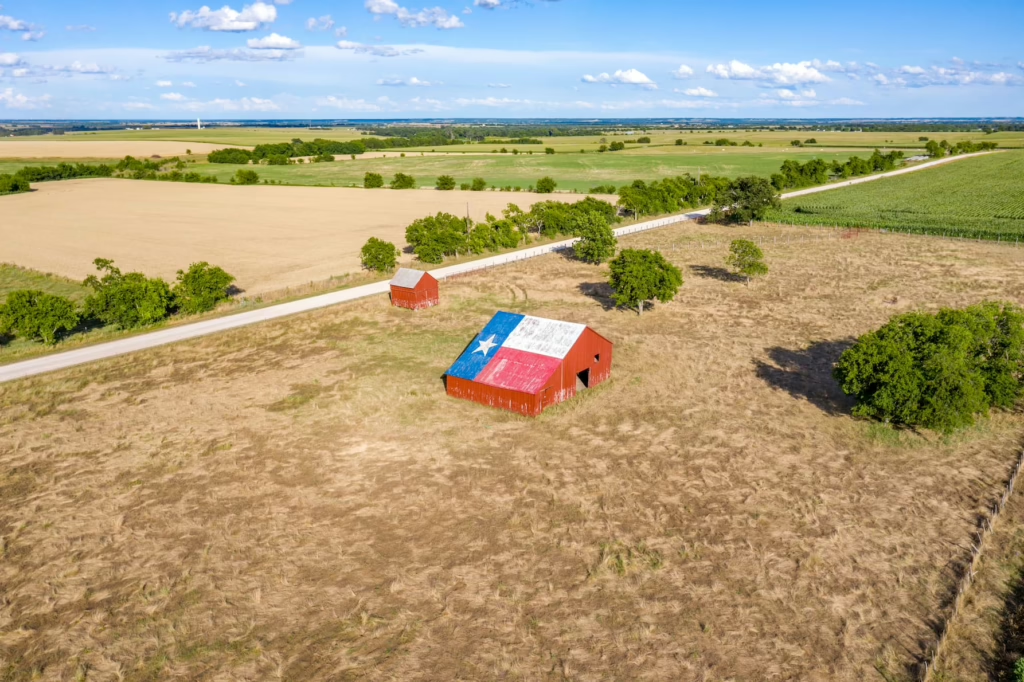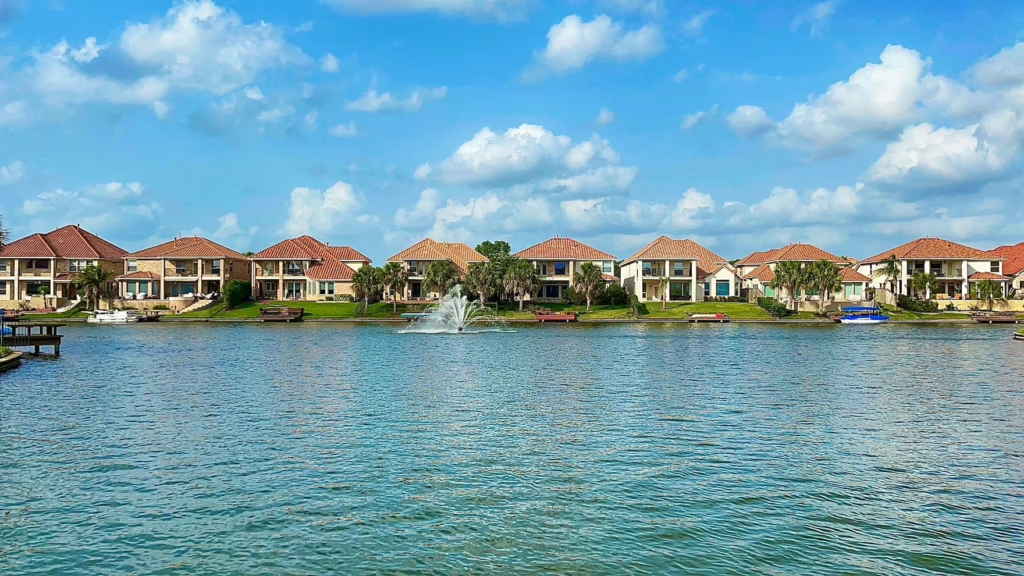Rising tariffs on lumber have become a major concern for anyone building or renovating a home. These tariffs—taxes placed on imported wood—can significantly increase the cost of materials used in everything from framing new homes to building decks or fences. When the price of lumber goes up, it impacts everyone across the real estate ecosystem. From contractors to developers, to homeowners and buyers facing higher construction and renovation costs.
Whether you’re planning a remodel or evaluating a home purchase, it’s important to understand how these changes could affect your budget. With Property Focus, you can track property values and renovation trends to make smarter, more informed decisions.
What Are Lumber Tariffs and Why Are They Imposed?
A tariff is a government-imposed tax on imported goods. When applied to lumber, it means that wood brought into the U.S. from other countries—most commonly Canada—comes with an added cost. This tax is paid by the importer but often passed down the chain to manufacturers, contractors, and ultimately, homeowners.
Why Are Lumber Tariffs Being Imposed?
The U.S. imposes tariffs on lumber to protect domestic producers. The main argument is that some foreign governments, like Canada, subsidize their lumber industries, allowing them to sell wood at lower prices. U.S. lumber companies argue this creates unfair competition, driving down prices and hurting American businesses.
To offset this, tariffs are used to raise the price of imported wood, leveling the playing field for U.S.-based producers. However, this comes at a cost—higher lumber prices across the board, which affects everyone involved in construction or renovation.
Recent Changes and Ongoing Disputes
Lumber tariffs have been a long-standing point of tension between the U.S. and Canada. In recent years, the U.S. Department of Commerce has adjusted these tariffs multiple times, citing shifts in trade conditions and disputes over pricing practices.
For example, in 2021, the U.S. doubled tariffs on Canadian softwood lumber, citing unfair pricing. In 2022 and 2023, those rates were reviewed and slightly reduced, but the uncertainty continues. These back-and-forth decisions create volatility in lumber pricing—making it harder for builders, buyers, and homeowners to plan projects confidently.
How Tariffs on Lumber Affect New Home Construction
Tariffs on lumber directly impact the cost of building new homes by raising the price of one of the most essential materials—wood. Framing, roofing, flooring, siding, and even cabinetry often rely on lumber. When tariffs increase the cost of imported wood, builders are forced to pay more for materials, and those extra costs are usually passed on to homebuyers.
Increased Construction Costs
Higher lumber prices can significantly inflate the total cost of building a home. For example, a mid-sized home that might typically cost $300,000 to build could see that price rise by $10,000 to $20,000—or more—when lumber tariffs are in effect. These added expenses can strain builder budgets and reduce profit margins, especially in markets where affordability is already a concern.
Extended Timelines and Project Delays
Not only does the cost increase, but availability can also become an issue. Tariffs often disrupt supply chains, causing delays in lumber shipments. Builders may face longer wait times to get materials or be forced to source wood from more expensive domestic suppliers. These delays push out project timelines and can lead to contract renegotiations, labor scheduling issues, and higher interest or holding costs.
Fewer New Builds and Higher Home Prices
With rising costs and tighter margins, some builders may reduce the number of homes they plan to build, especially in entry-level or affordable housing markets. This decrease in new inventory can drive up demand—and prices—for existing homes, making housing less accessible in many areas.
In short, tariffs on lumber ripple across the entire construction process, raising costs, slowing timelines, and limiting supply—all of which impact the housing market and home affordability.
How Tariffs Affect Renovation and Remodeling Costs
Tariffs on lumber don’t just affect new home construction—they also have a direct impact on renovations and remodeling projects. Whether you’re building a new deck, adding a room, or replacing fencing, higher lumber prices can quickly drive up costs and create unexpected strain on your budget.
Increased Prices for Common Renovations
Projects that rely heavily on wood—such as decks, room additions, fences, framing, roofing, or flooring upgrades—are especially vulnerable to rising lumber costs. When tariffs raise the price of imported wood, contractors have to pay more for materials, and that increase is passed on to homeowners. A $10,000 deck project, for example, might now cost $12,000 to $13,000, depending on the scope and materials used.
Impact on Contractors and Timelines
Contractors often operate on tight margins and rely on predictable material costs when quoting projects. When tariffs increase prices suddenly or create supply shortages, contractors may be forced to delay jobs, revise estimates mid-project, or source alternative materials. This can frustrate both contractors and homeowners, leading to timeline changes and project re-evaluations.
Why Smaller Renovation Budgets Are Hit Harder
Homeowners working with limited budgets are often the most affected. A modest renovation that once fit comfortably within budget can suddenly become unaffordable when lumber costs spike. In many cases, smaller-scale projects don’t have the financial flexibility to absorb a 15%–25% increase in material costs. This can lead to compromises in design, project scope, or even cancelations altogether.
Overall, tariffs on lumber make renovations more expensive, less predictable, and more stressful—especially for homeowners trying to stick to a fixed budget. Understanding these effects helps with planning, and using tools like Property Focus can guide decisions about which upgrades are likely to deliver the best return.
The Broader Market Impact: Inventory, Affordability, and Delays
Tariffs on lumber don’t just affect individual projects—they influence the entire housing market. As building costs rise, the ripple effects can be seen in inventory levels, housing affordability, and construction timelines across the country.
Limited New Inventory
When lumber becomes more expensive, the cost of building new homes rises with it. For many builders, this makes lower-margin projects—like starter homes or affordable housing—less financially viable. As a result, some developers choose to build fewer homes or delay new projects entirely. This leads to reduced housing inventory, especially in growing areas that already face supply shortages.
Increased Demand for Existing Homes
With fewer new homes being built, more buyers shift their attention to the resale market. This surge in demand, combined with limited supply, drives up home prices—making it harder for first-time buyers or those on tighter budgets to compete. In high-growth regions, this can quickly price out middle-income families and widen the housing affordability gap.
Delays in Renovation and Construction
Tariffs also contribute to construction delays. Supply chain disruptions caused by tariffs can lead to material shortages or slower delivery times, affecting both new builds and renovation projects. Contractors may be forced to reschedule jobs or extend project timelines, which adds stress for homeowners and increases labor costs. In some cases, renovation plans may be postponed or scaled back due to unpredictability in lumber pricing.
In short, tariffs on lumber affect more than just material costs—they influence the pace of construction, housing supply, market prices, and the overall accessibility of homeownership and improvement.
How Property Focus Can Help You Respond
As tariffs on lumber drive up construction and renovation costs, it becomes more important than ever to understand how these changes impact property values and local market trends. Property Focus gives you the tools to stay informed, make smarter decisions, and protect your investment.
Track Property Values as Renovation Costs Shift
With material prices rising, homeowners and investors want to know if renovation projects will still pay off. Property Focus lets you monitor real-time property value changes, so you can see how the market responds as renovation costs increase.
Example: If lumber tariffs push up the cost of adding a deck, you can use Property Focus to compare recent sales of similar homes—with and without decks—to gauge if the upgrade still adds value.
View Historical Renovation Patterns and Sale Prices
Looking at the past helps you make better decisions today. Property Focus provides insights into how renovations—like kitchen remodels or home additions—have influenced sale prices in your area over time. This helps you prioritize the upgrades that deliver the best return, even in a high-cost environment.
Understand Construction Trends in Your Local Market
Property Focus also gives you a broader view of construction activity in your neighborhood. By seeing how many new builds or major renovations are happening, you can identify whether your area is growing, stabilizing, or slowing down.
Spot Neighborhoods with High Renovation Activity
Areas with lots of renovation activity often signal rising home values. Property Focus helps you pinpoint these pockets of investment, giving you an edge whether you’re buying, renovating, or simply tracking your home’s worth.
With clear, up-to-date data, Property Focus helps you respond confidently to market changes—even in uncertain times shaped by rising costs and tariffs on lumber.
Conclusion
Tariffs on lumber affect far more than just material prices—they ripple through the entire housing market, influencing construction costs, slowing new builds, raising renovation expenses, and ultimately driving up home prices. Whether you’re a builder, homeowner, or buyer, these changes can directly impact your budget and your decisions.
That’s why staying informed is essential. Property Focus gives you access to real-time property values, renovation trends, and neighborhood data, helping you make smart, confident choices in a shifting market. When costs rise, the right information becomes your best tool for protecting your investment and planning ahead with clarity.
FAQs
Do lumber tariffs affect all types of wood used in construction?
Tariffs typically apply to softwood lumber, which is commonly used for framing and structural components. However, rising prices in softwood can also lead to increases in hardwood and engineered wood prices due to market pressure and demand shifts.
Can local or domestically sourced lumber avoid tariff-related price increases?
Yes, lumber sourced from within the U.S. isn’t subject to import tariffs. However, overall demand and supply chain disruptions can still drive up domestic prices when tariffs limit foreign supply.
Are builders changing how they design homes because of tariffs?
Some builders are adjusting designs to use less wood or substitute materials like steel, concrete, or engineered products in non-structural areas. This helps reduce reliance on high-cost lumber and keep projects on budget.
How can I budget for a renovation when lumber prices keep changing?
Get multiple contractor estimates, ask for price breakdowns by material, and build in a contingency budget (typically 10–20%) to account for fluctuations. Using tools like Property Focus can help evaluate whether the investment is likely to increase your property value.
Will tariffs on lumber affect insurance or property taxes?
While not directly, higher construction and renovation costs can increase replacement value assessments, which may lead to higher insurance premiums. Significant upgrades could also affect your home’s assessed value and property taxes over time.


